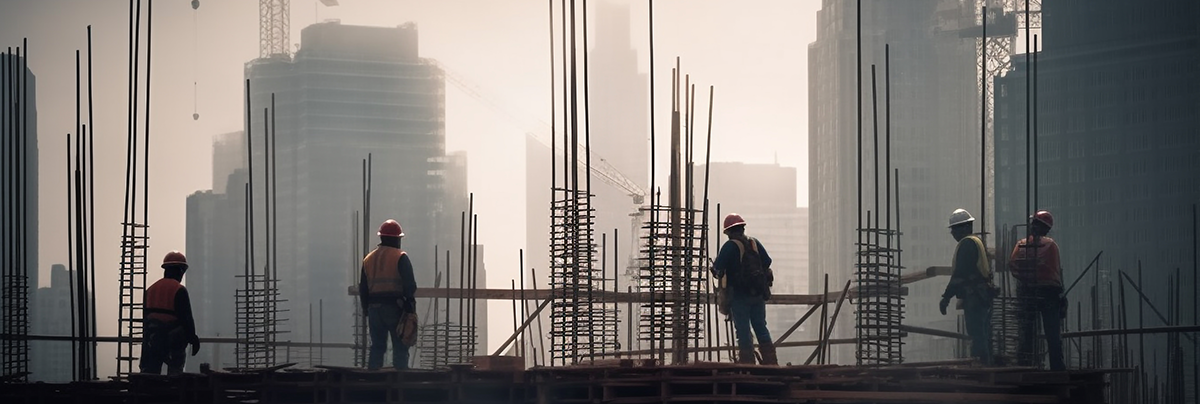Due to its complexity and dynamic nature, the construction industry is subject to a wide range of risks that have the potential to greatly affect project outcomes. Effective risk management is essential to guaranteeing the safety, affordability, and success of projects. This article explores practical risk-reduction tactics that can be used in the building industry.
Recognizing the Risks in Construction: Understanding the various risk types is crucial before implementing mitigation techniques. These risks can be broadly classified into four categories: legal risks (including contract disputes and regulatory compliance), financial risks (like funding and market fluctuations), and environmental risks (like natural disasters and sustainability challenges).
Crucial Strategies for Risk Mitigation:
- Third-Party Due Diligence: This entails closely examining all parties involved, including suppliers and subcontractors, to guarantee dependability and adherence to safety and legal requirements.
- Procurement Reviews: Essential for locating and reducing risks in the supply chain. This entails assessing the materials’ quality as well as the stability and dependability of the suppliers.
- Change Order Management: To avoid delays and budget overruns, change orders must be managed well. This entails going over change orders, allowances, and contingency billings in great detail.
- Sturdy Compliance Program: Guarantees compliance with legal and regulatory requirements, lowering the possibility of fines and legal conflicts.
- Fraud and Corruption Mitigation: To protect project integrity and financial stability, methods for identifying and stopping fraudulent activity must be put into place.
- Labor Management: Keeping projects on schedule and of high quality requires addressing labor-related issues, such as disputes or shortages.
- Safety Management: Putting strict safety procedures into place to lessen risks to people’s safety on the job.
- Project Coordination: Good teamwork amongst collaborators can lower the likelihood of misunderstandings and project setbacks.
- Documentation and Reporting: Tracking project progress and early risk identification are made easier with accurate and consistent documentation and reporting systems.
- Dispute Resolution Mechanisms: The project’s exposure to legal challenges can be reduced by establishing explicit dispute resolution procedures.
Technology’s Function: Technology breakthroughs have given the construction industry new tools for risk management. By streamlining procedures like labor management, project monitoring, and documentation, software solutions can improve risk identification and mitigation.
Ongoing Risk Evaluation and Control: Construction risk management is a continuous process. It entails ongoing risk identification, evaluation, mitigation, observation, and education. It is crucial to regularly review and update risk management strategies in light of new information and challenges.
A comprehensive strategy that includes technology utilization, labor and safety management, regulatory compliance, and due diligence is necessary for effective risk mitigation in the construction industry. By implementing these tactics, construction companies can enhance project outcomes and overall efficiency in addition to reducing risks. Recall that proactive risk management aims to secure the sustainability and success of building projects in a sector that is constantly changing, not just to prevent losses.
The Institute of Risk Management is the premier global body for ERM qualifications, offering a 5-level certification pathway to professionals in over 143 countries, including India, enhancing organizational outcomes through top-tier risk education and thought leaderships. Click here to View the IRM’s Level 1 Global Examination.














